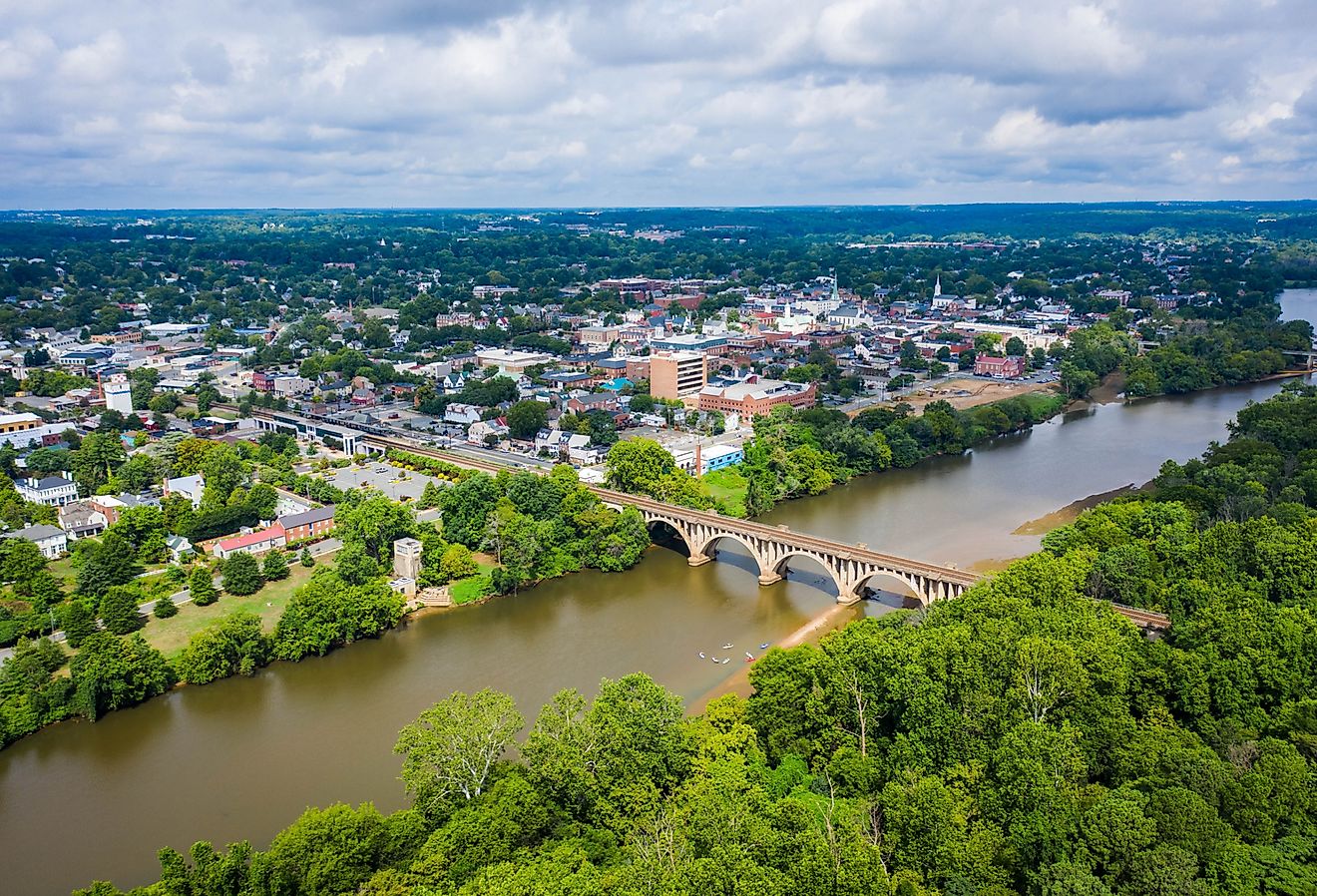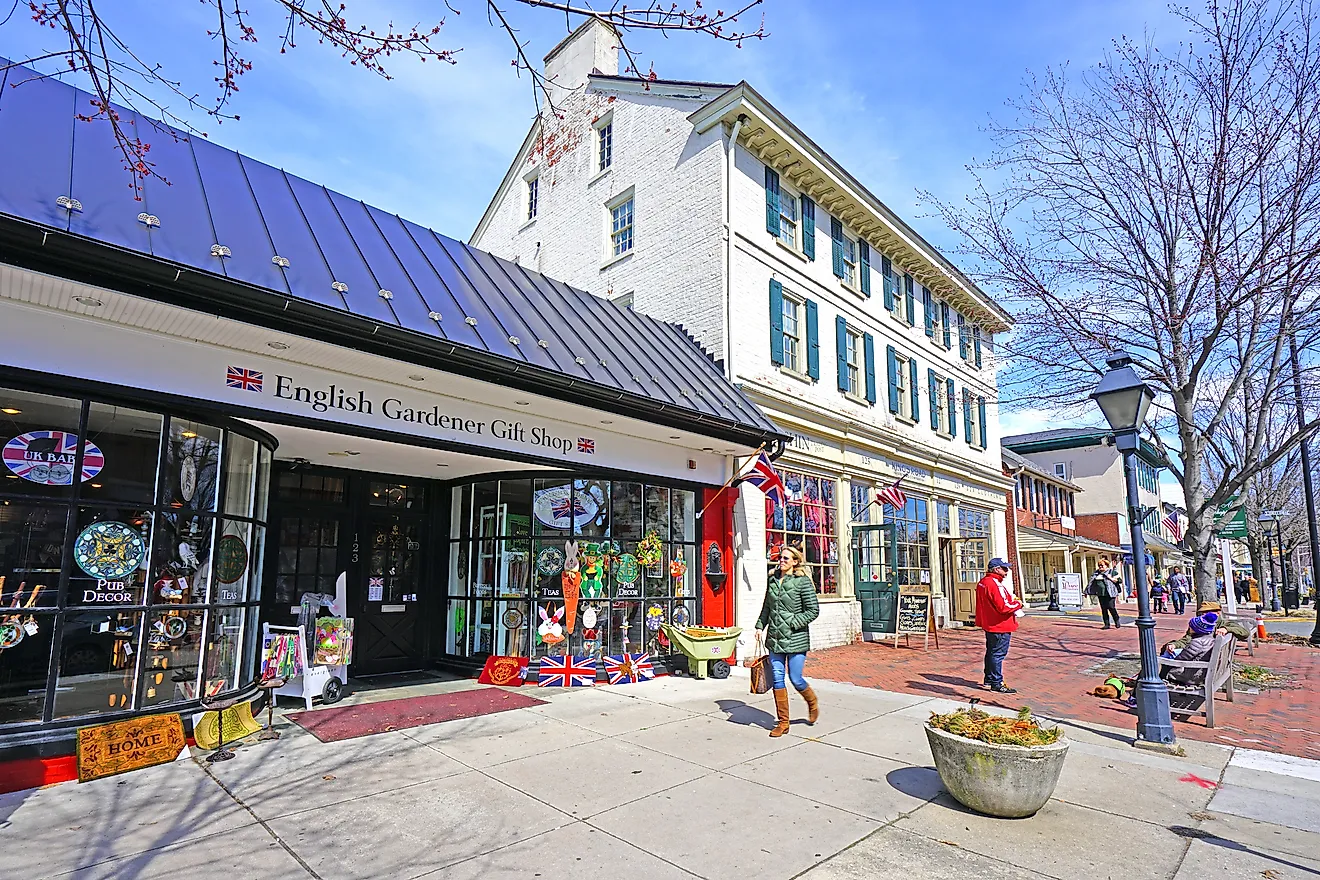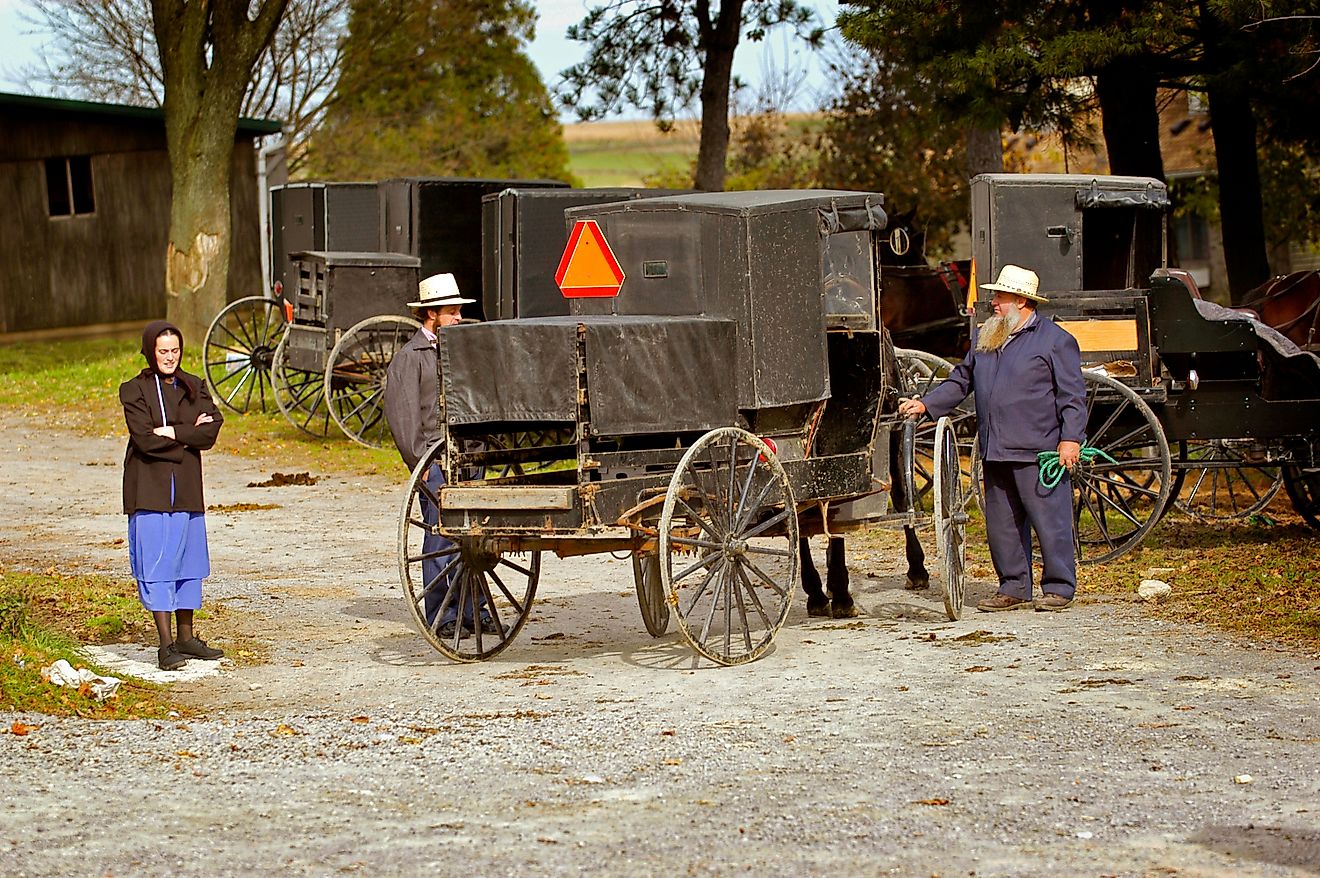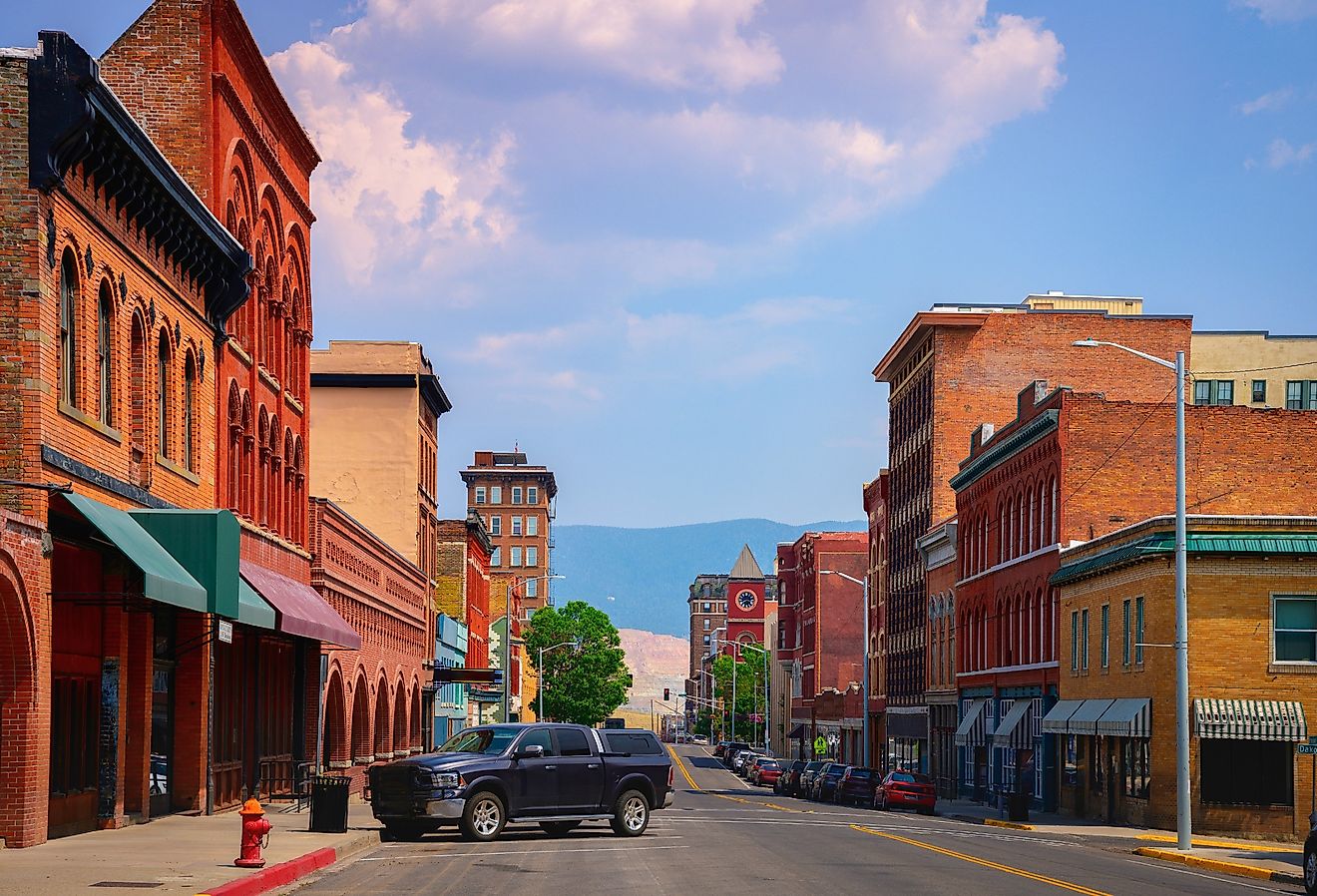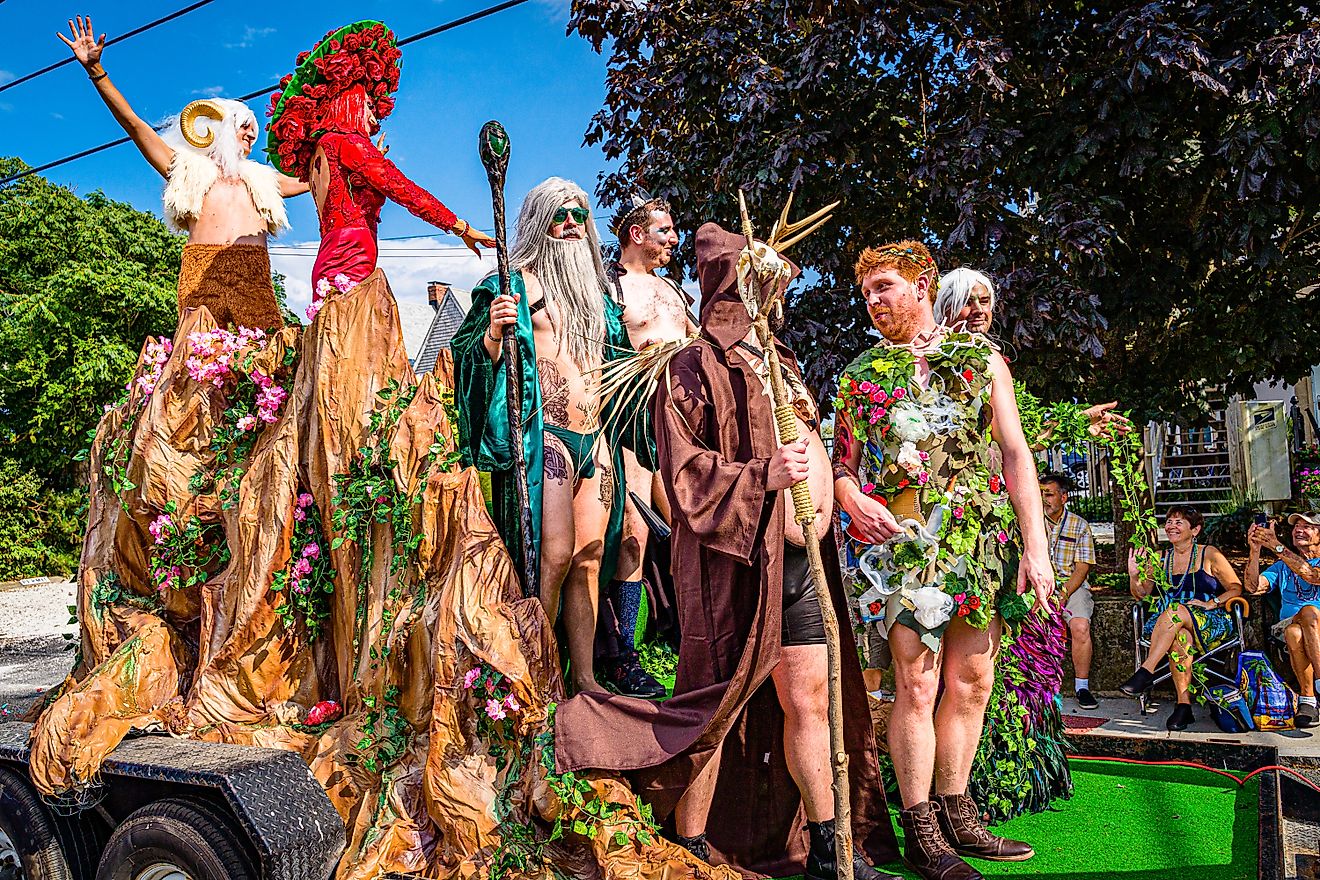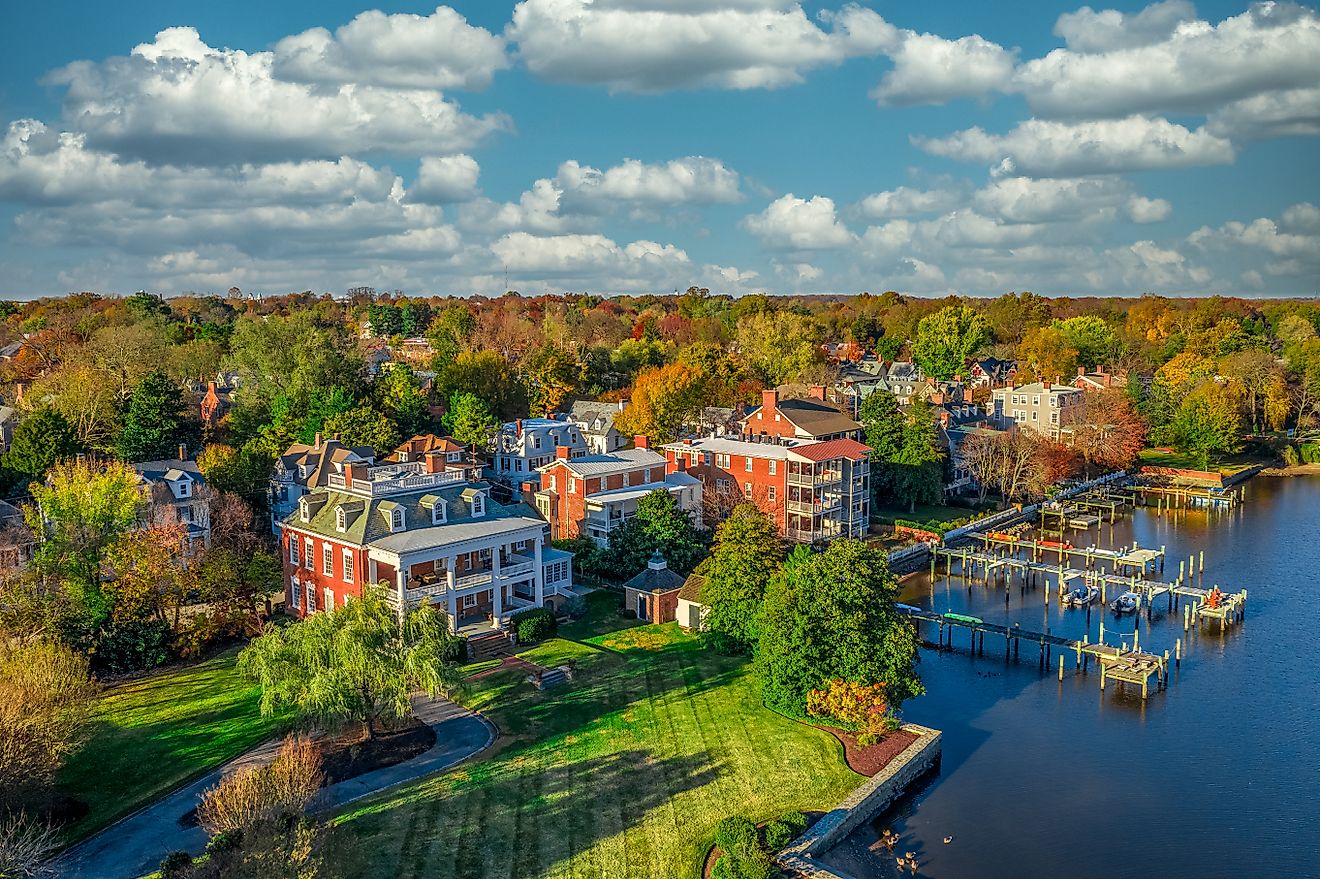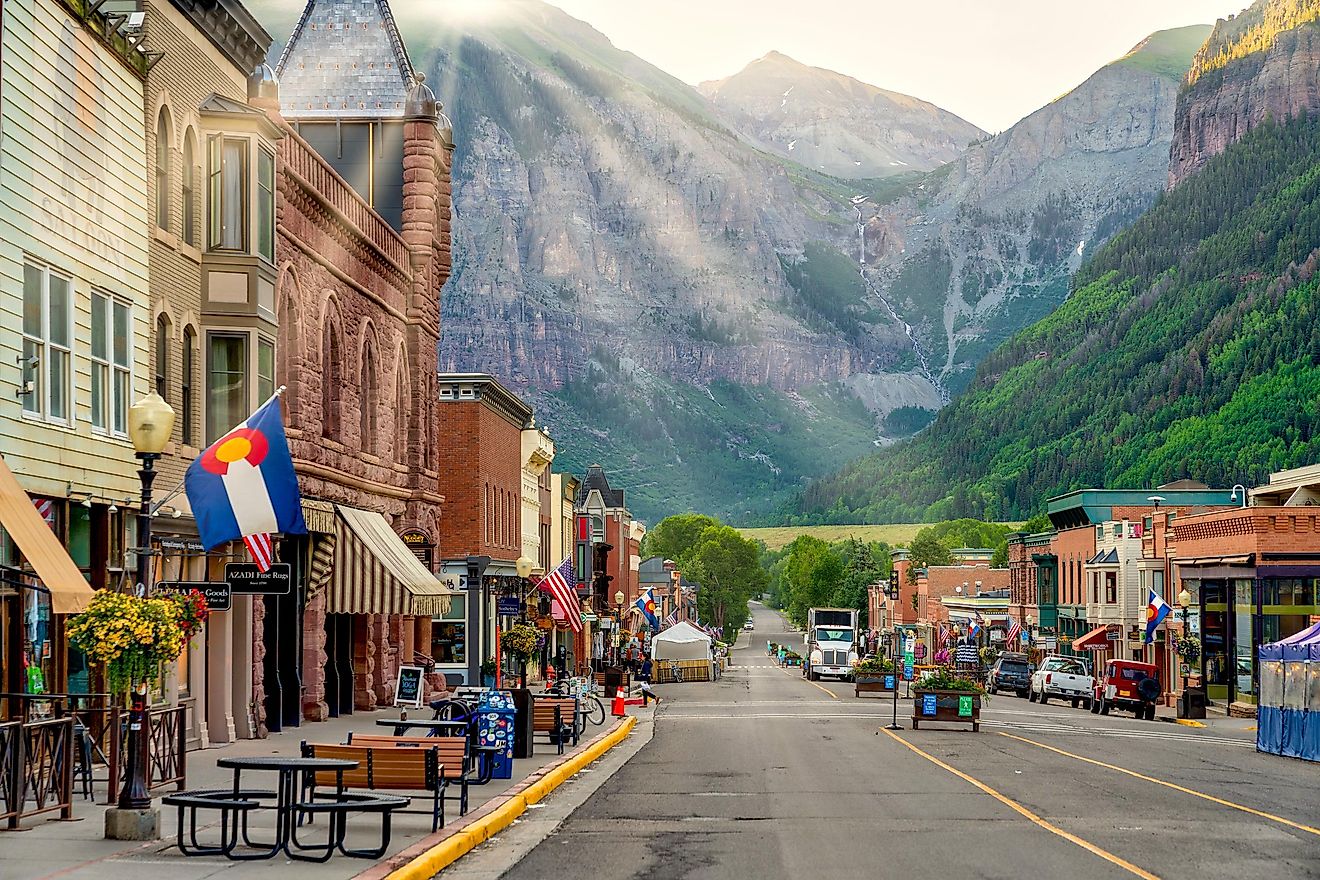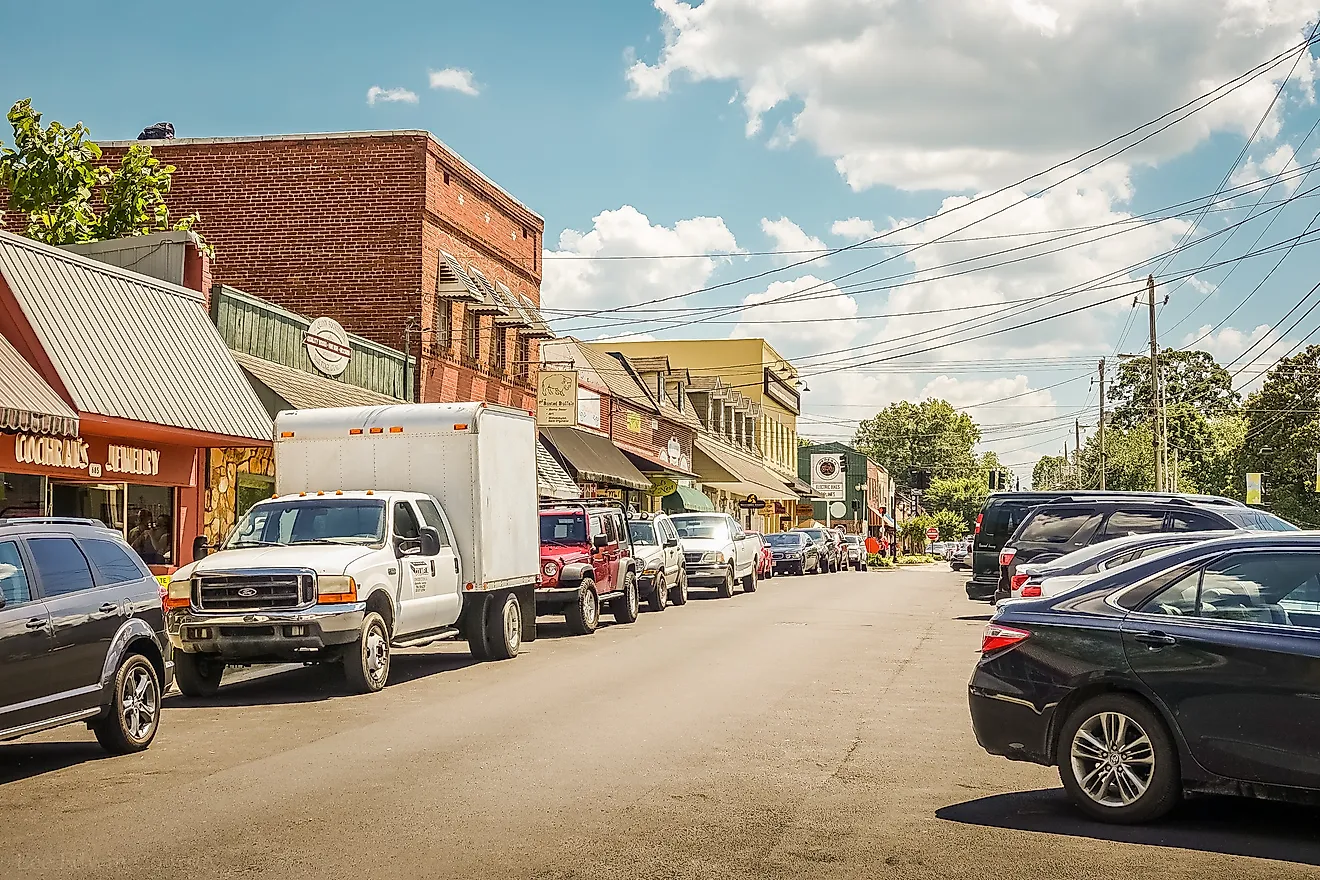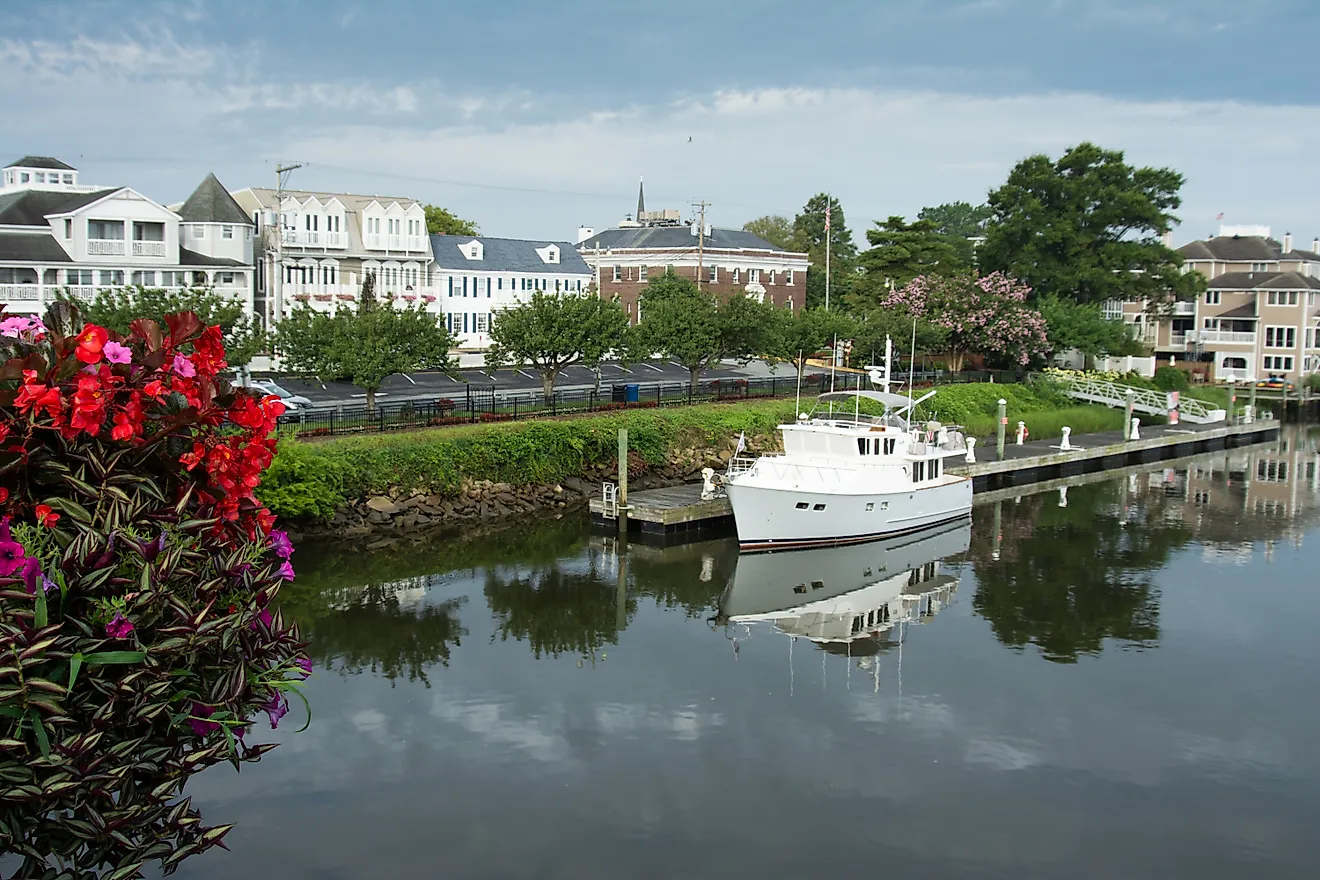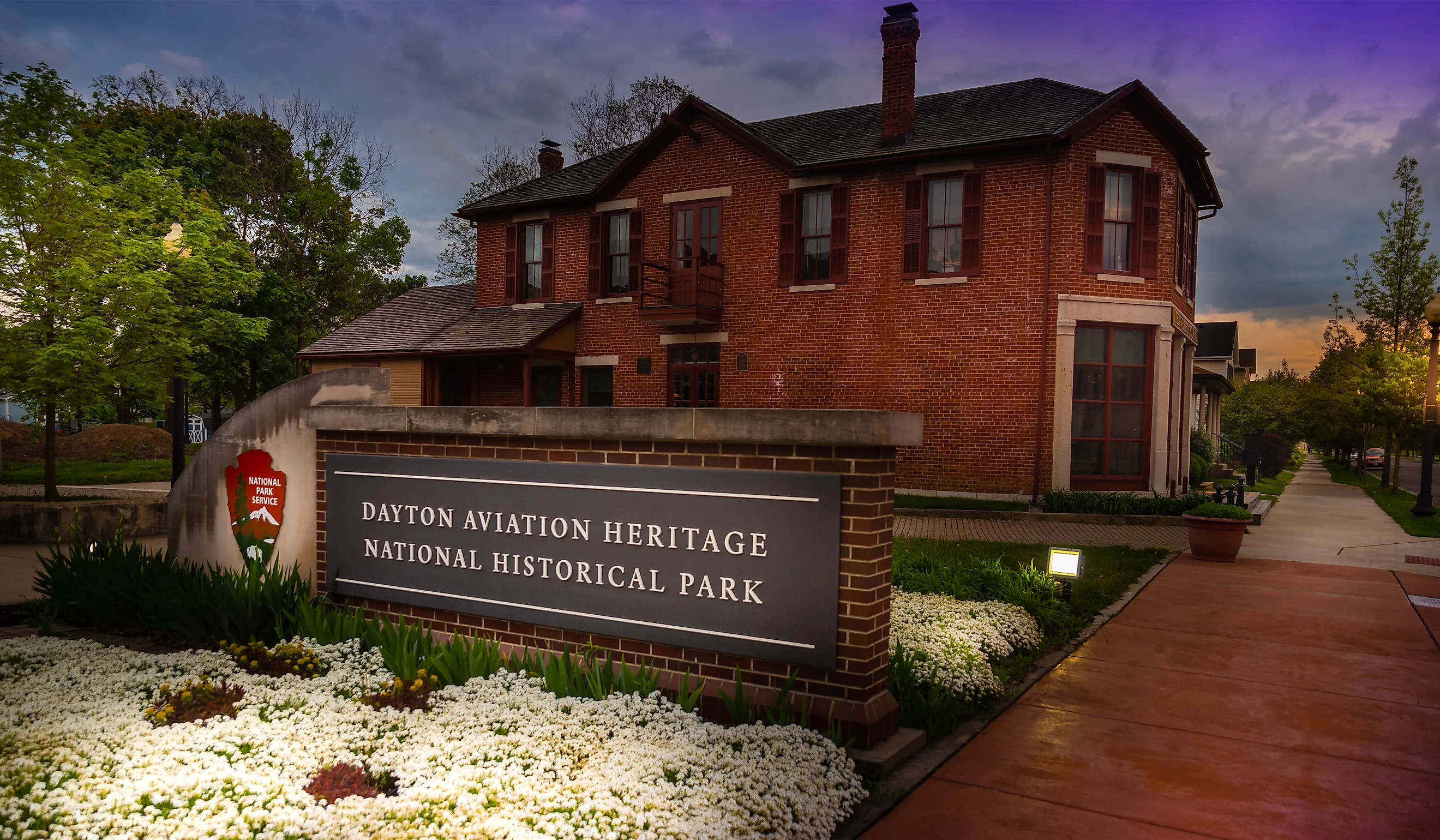
6 National & State Parks In Ohio You Have To Visit
Ohio beautifully blends nature, history, and innovation across its remarkable national and state parks. Wander through the lush trails and historic railways of Cuyahoga Valley National Park, step into the birthplace of flight at Dayton Aviation Heritage National Historical Park, or explore presidential history at the James A. Garfield National Historic Site. Each park reveals a unique part of the Buckeye State’s story—rich in heritage, scenery, and discovery. Here are six National & State Parks in Ohio you won’t want to miss.
Cuyahoga Valley National Park
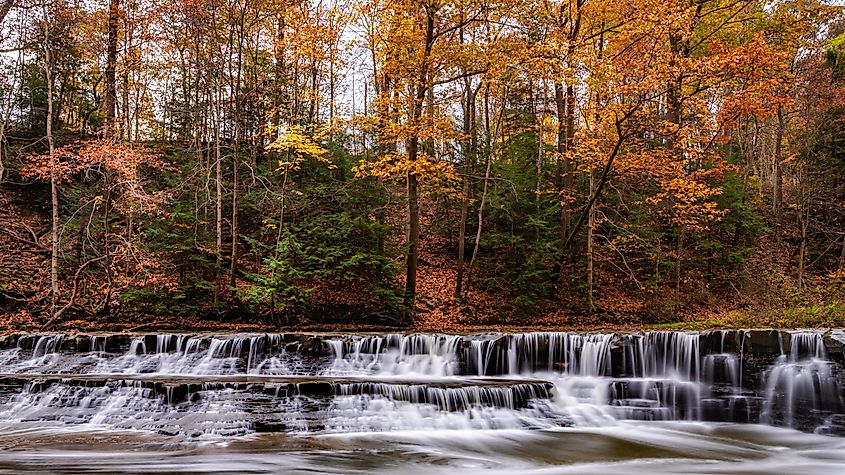
Cuyahoga Valley National Park, located between Cleveland and Akron, spans 33,000 acres of forests, rolling hills, and open farmland along the winding “Crooked River.” It serves as both a refuge for wildlife and a retreat for people seeking recreation or quiet reflection. Visitors can hike wooded trails, enjoy a round of golf, ride the historic train, or take to the water for kayaking. In winter, snowshoeing and cross-country skiing transform the landscape into a seasonal playground.
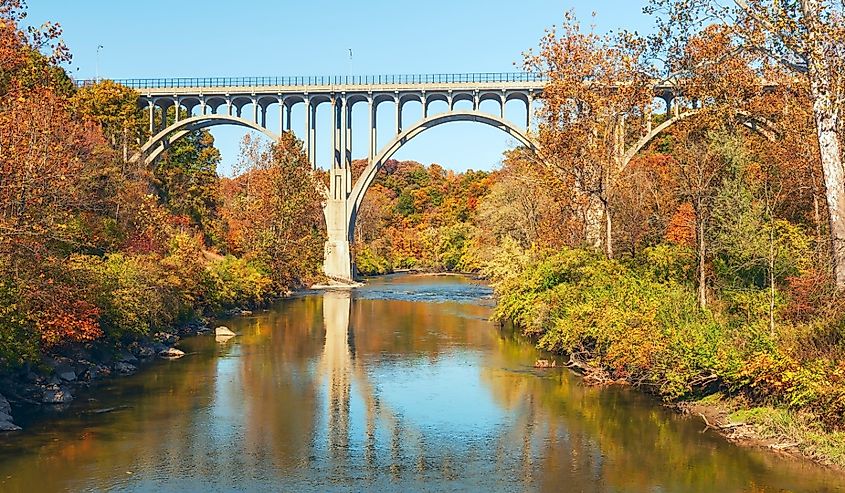
Established as a national recreation area in 1974 and redesignated as a national park in 2000, Cuyahoga Valley also preserves Ohio’s past. The remnants of the Ohio & Erie Canal recall the days when the waterway reshaped trade and travel across the region. Today, sustainable farms keep the valley’s agricultural traditions alive, linking modern life to a heritage rooted in hard work and community. This blend of nature and history makes the park a standout destination.
Dayton Aviation Heritage National Historical Park
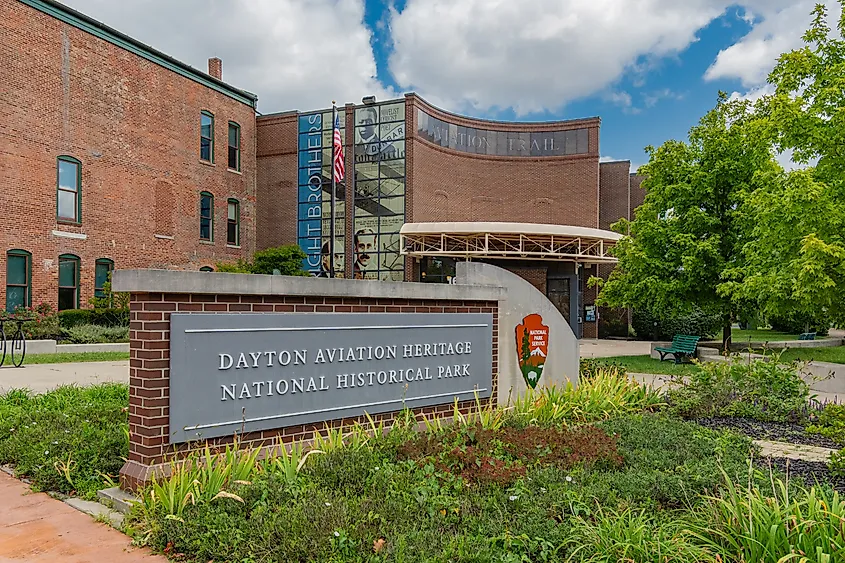
Dayton Aviation Heritage National Historical Park in Dayton commemorates the legacy of Wilbur and Orville Wright, along with poet Paul Laurence Dunbar, three figures who shaped history in distinct but lasting ways. Established in 1992 after decades of effort, the park preserves key sites including the Wright Cycle Company Complex, Huffman Prairie Flying Field, the Wright Company factory, and the Paul Laurence Dunbar State Memorial. A visitor center was added in 2003 to mark the centennial of the Wright brothers’ first flight, providing a hub for education and exploration.
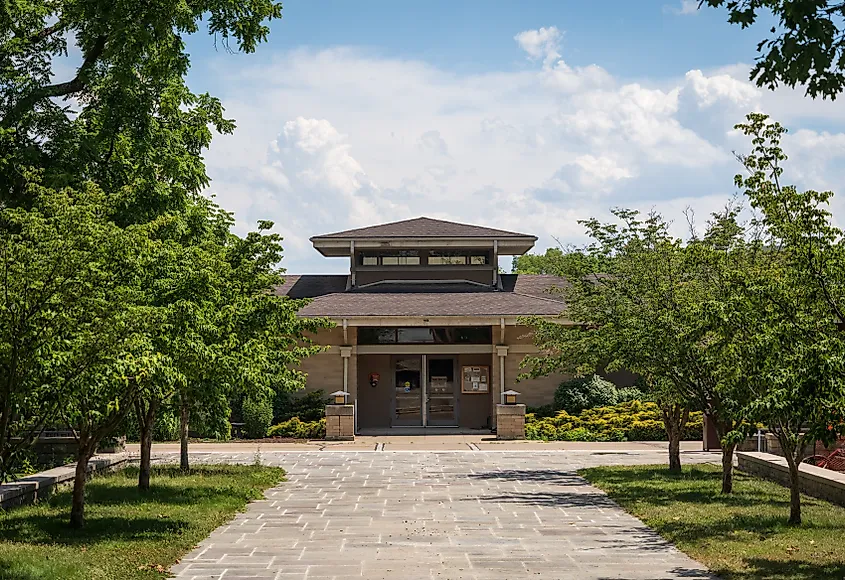
The Wright brothers, working from their Dayton bicycle shops, built and perfected the first power-driven, heavier-than-air machine capable of controlled flight, testing it at Huffman Prairie in 1904 and 1905. Their lifelong friend, Paul Laurence Dunbar, became one of America’s most influential poets, publishing over 400 works that highlighted the African American experience and later influenced movements such as the Harlem Renaissance. Together, their legacies form the foundation of this historic park.
Charles Young Buffalo Soldiers National Monument

Charles Young Buffalo Soldiers National Monument in Wilberforce honors the remarkable life of Charles Young, born into slavery in 1864 and later rising to become the first African American colonel in the U.S. Army. Young was the third Black graduate of West Point, the first African American military attaché, and the first Black superintendent of a U.S. national park. He also taught military science at Wilberforce University, purchasing his home “Youngsholm” in 1907, a property originally built in 1832 and believed to have been a stop on the Underground Railroad.
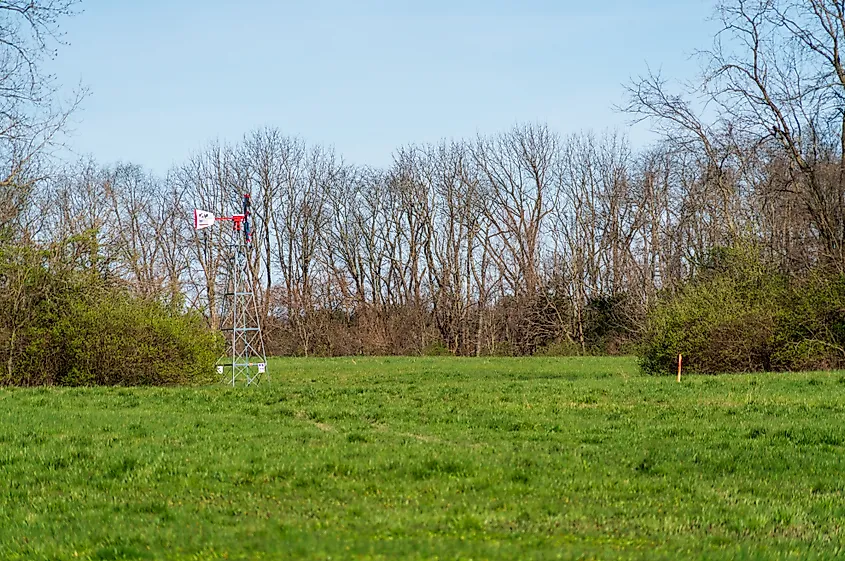
Designated a National Historic Landmark in 1974 and a National Monument in 2013 by President Barack Obama, Youngsholm is administered by the National Park Service. The house, with its distinctive gabled roof and broad porch, contains exhibits highlighting Young’s life and the legacy of the Buffalo Soldiers. Tours are available by appointment, and a 15-month renovation launched in 2021 has further preserved its historic character.
Hopewell Culture National Historical Park
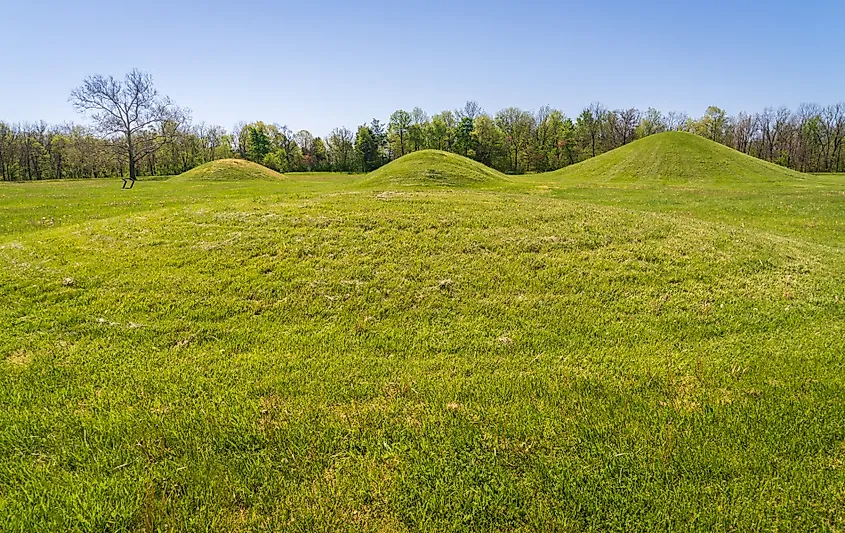
Hopewell Culture National Historical Park preserves extraordinary remnants of the prehistoric Hopewell tradition, which thrived in the Ohio River Valley between 200 BC and 500 AD. The Hopewell people were skilled builders who constructed vast ceremonial centers marked by earthen walls, often arranged in squares, circles, and other precise geometric forms. These structures, some reaching 12 feet in height and spanning over 1,000 feet across, reflect the sophistication and shared cultural practices of Native communities spread across eastern North America.
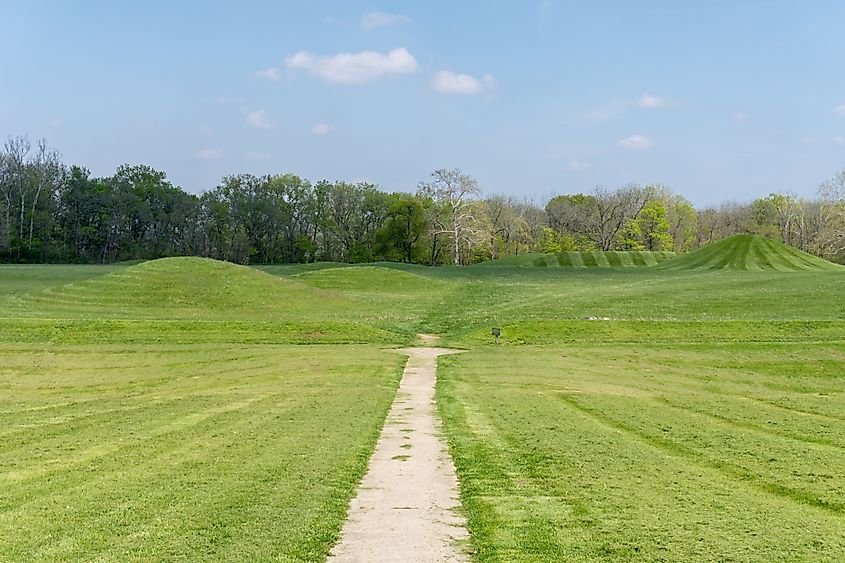
Within the park, visitors encounter a landscape of monumental scale. Conical and loaf-shaped mounds, some rising as high as 30 feet, stand as enduring symbols of the Hopewell’s ceremonial and social life. These earthworks, carefully designed and constructed, showcase a deep connection to community, belief, and tradition. Today, the park provides a vital link to understanding the history and ingenuity of the Hopewell culture and its lasting influence on the region.
James A. Garfield National Historic Site
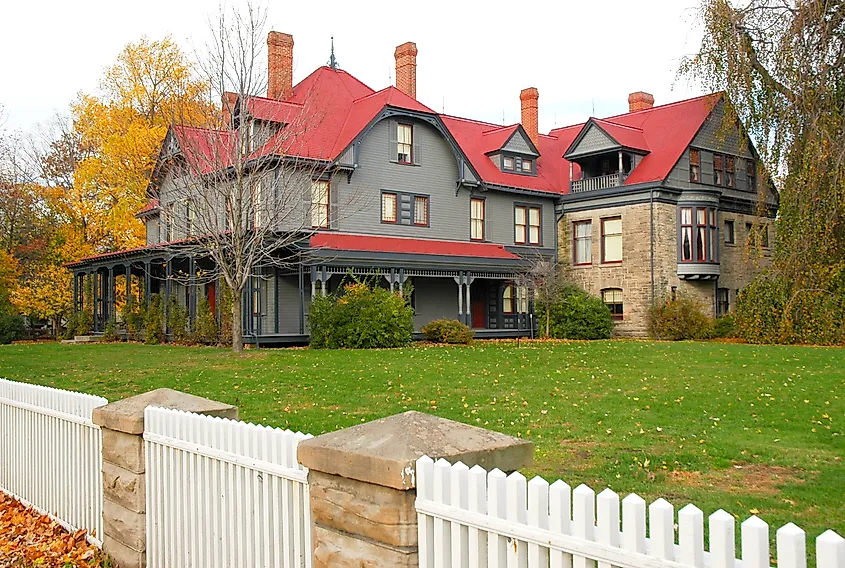
James A. Garfield National Historic Site in Mentor preserves Lawnfield, the home of the 20th president of the United States. Garfield purchased the estate in 1876 as a family residence and farm, later expanding it with 11 additional rooms. During the 1880 presidential election, he pioneered the nation’s first successful front porch campaign from this property, a style of politics that made Lawnfield a focal point of national attention. After Garfield’s assassination in 1881, his widow, Lucretia, added the Memorial Library wing, establishing the first presidential library in the United States.
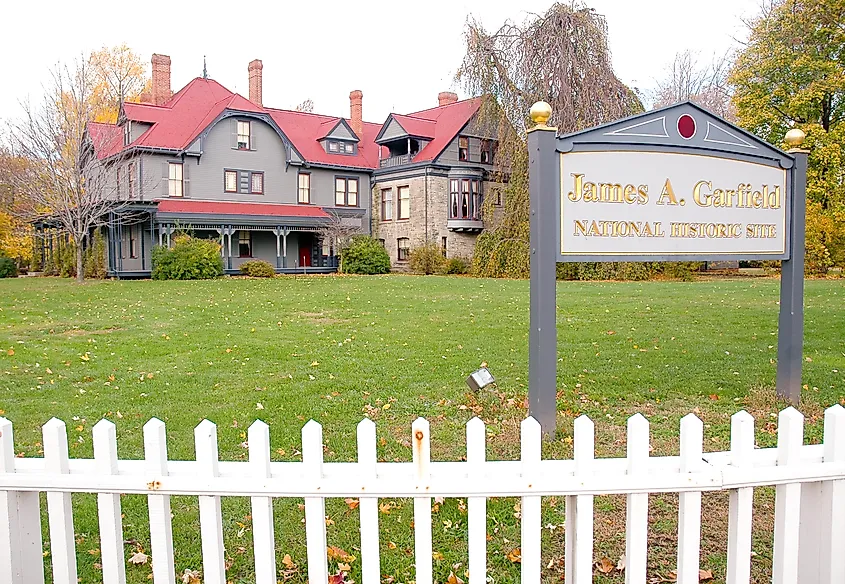
The estate remained in family hands until 1936, when Garfield’s children donated it to the Western Reserve Historical Society. Congress designated it a National Historic Site in 1980, and a major restoration in the 1990s returned the residence to its late 19th-century appearance. Today, visitors can tour the carefully restored Victorian interiors, where more than 80 percent of the furnishings once belonged to the Garfield family.
Kelleys Island State Park
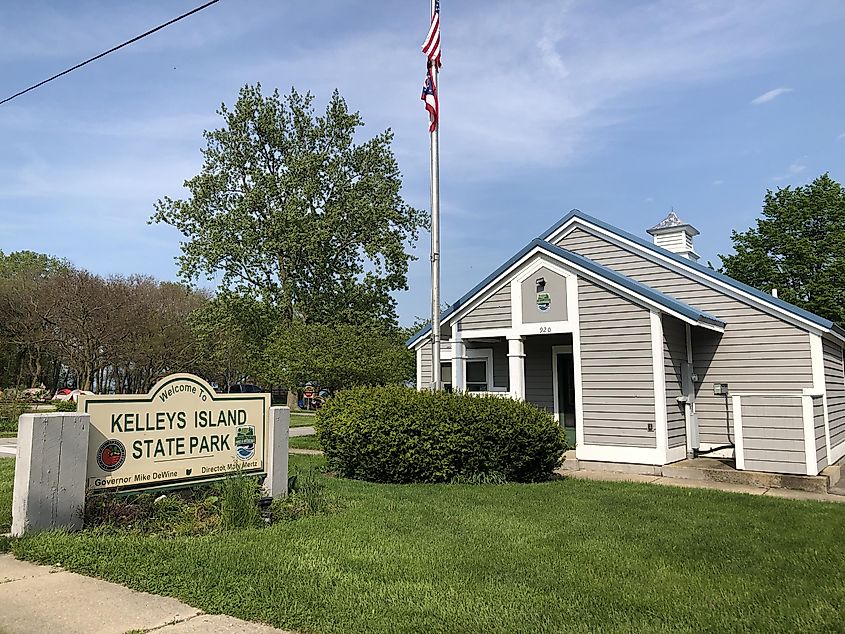
Kelleys Island State Park occupies nearly one-quarter of Kelleys Island in Lake Erie, about 13 miles northeast of Port Clinton. Established in 1956, the 677-acre park features a sand beach, a campground, six miles of hiking trails, and remnants of 19th-century lime kilns and quarrying operations. Its landscape blends natural beauty with traces of the island’s industrial past, making it a destination for both recreation and history enthusiasts.
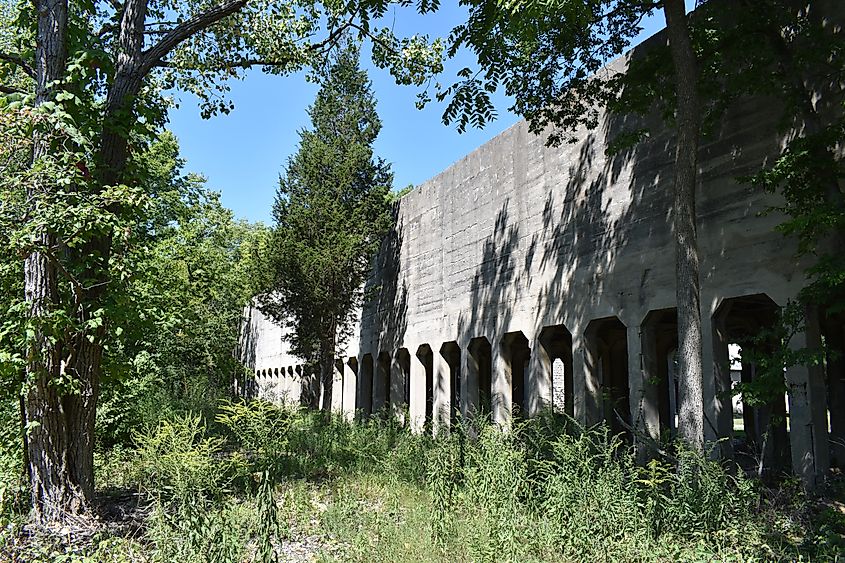
The park also helps manage adjoining protected sites, including the Glacial Grooves State Memorial, where visitors can see extraordinary glacial formations, the North Shore Alvar State Natural Area, a unique limestone habitat, and the North Pond State Nature Preserve, a lake embayment bordered by a sand bar. Together, these areas highlight the ecological and geological significance of Kelleys Island while providing visitors with opportunities to explore Ohio’s rare natural features.
Why Ohio’s Parks Belong on Your Travel List
Ohio’s national and state parks highlight the state’s remarkable balance of natural beauty, cultural heritage, and historic significance. From the sweeping landscapes of Cuyahoga Valley to the groundbreaking achievements honored at Dayton Aviation Heritage National Historical Park, to the geological wonders of Kelleys Island State Park, each destination tells a unique story. Whether you are drawn to outdoor adventures, scientific milestones, or preserved traditions, these parks invite you to explore Ohio in unforgettable ways.
